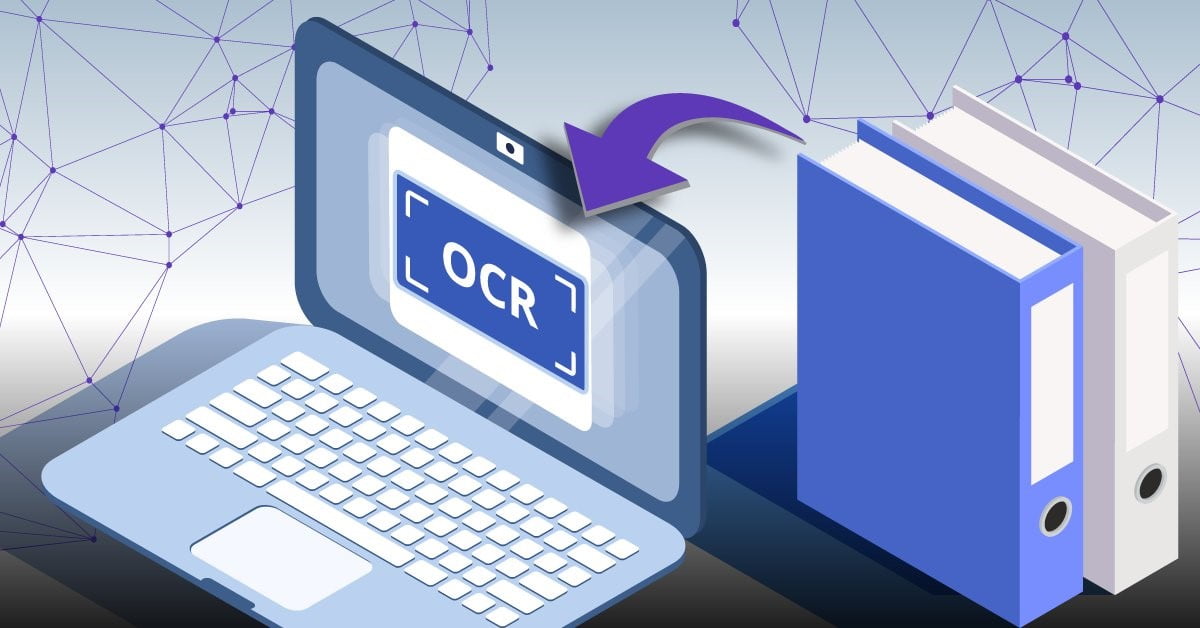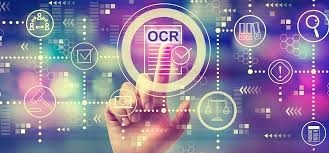The computer technique OCR (optical character recognition) translates scanned photos into text. Since its inception, when it was originally used to recognize letters in printed documents, OCR technology has come a long way. As businesses gain more trust in scanned documents and images, OCR technology will continue to grow to meet their needs. In this article, we will discuss the future of OCR technology.
How has OCR Technology Improved Over the Years?
Since they were initially launched, OCR technology has advanced significantly. Early OCR systems could only distinguish a small number of characters and frequently made mistakes while interpreting them. However, the accuracy of OCR scanners has increased dramatically, making it possible to scan and convert large quantities of documents quickly and easily.
The latest generation of OCR scanners also offers support for various input formats, including PDFs, images, and even handwriting. In addition, the software is now more user-friendly than ever before. With intuitive interfaces that make it easy to convert documents with just a few clicks. As a result, OCR technology has become a must-have for everyone who needs to convert paper documents to digital format.
What Are The Current Trends in OCR Technology?
Without any doubt, OCR technology has come a long way in recent years. With the introduction of sophisticated new mobile devices and cloud-based services, the technology we now have a more powerful way of interacting with papers, and the amount of digital data available is higher than ever.
One of the most exciting current trends in OCR technology is its increasing integration with artificial intelligence (AI) and machine learning. This combination provides organizations and individuals with unparalleled document processing and information output efficiency.

Another important trend is the increasing use of OCR technology for more than just text recognition. This can be extremely helpful in reducing the amount of time and resources require to input data manually. OCR engines are now able to extract extensive data from images and PDFs, including structured data such as tables and forms, thanks to sophisticated image processing techniques.
As the accuracy and range of OCR technology continue to improve, we can expect to see it increasingly used in a variety of industries and applications. This technology has immense potential to improve our lives, from reducing paperwork for businesses to assisting visually impaired people in accessing printed materials.
What are the Future trends in this technology?
- Future OCR technology will be able to identify text with great accuracy, even when it is not very clear or when the text is not clear.
- Potentially more use of 3D imaging technology for OCR purposes
- Dedicated OCR software for certain tasks or industries is still in the works.
- It will be able to translate text in real time so that you can read a document in any language.
- Future OCR technology will be able to output text in multiple formats to use it in a variety of applications.
- The OCR technology will be highly customizable in future to meet the specific needs of each user.
- OCR technology is becoming more integrated into mobile devices and apps.
- In future, the OCR technology will be able to handle large amounts of data quickly and accurately.
What are the challenges OCR technology faces in the Future?
There are many different OCR systems available, and each one uses its own unique set of algorithms and standards. This makes it difficult for OCR systems to communicate with each other, and it also makes it difficult to compare the accuracy of different OCR systems buy real twitch followers. Another challenge is the growing complexity of literature.
OCR systems are being required to handle an ever-increasing diversity of document types as more enterprises migrate toward digital document management. This can often lead to OCR errors, as the system tries to interpret the document according to its own internal rules.
Finally, OCR technology is also facing competition from alternative technologies such as intelligent character recognition (ICR) and optical mark recognition (OMR). These technologies are often better suitable for specific tasks, such as reading handwritten text or recognizing barcodes.
What Are the Benefits?
The cost of OCR extends a way past transfers. This software program additionally complements the complete access process:
- Time Management
OCR technology is designed to save time by automating the process of data entry. This software can be used to quickly convert hard-copy documents into digital files that can be easily edited, searched, and stored. By eliminating the need for manual data entry, OCR can help users boost their productivity and manage their time more effectively.
- Text Access
OCR technology can be used to store hard-copy documents in a digital format. This software can instantly convert paper documents into digital files. After conversion, these files may be modified, searched, and stored. By storing files on devices such as computers, laptops, and smartphones, users can ensure that they always have the information they need in their hands.
- Text Searches
OCR technology is said to be beneficial for text searches as it can help link hard-copy content to a preferred text reader. By highlighting specific words, phrases, or images, users can save time and effort when looking for specific information.
Conclusion
This software can help users save time, boost productivity, manage their time more effectively. This ensure that they always have the information they need at their fingertips. While there are challenges that OCR technology faces, such as the increasing complexity of documents, the benefits of this software continue to outweigh the challenges.
